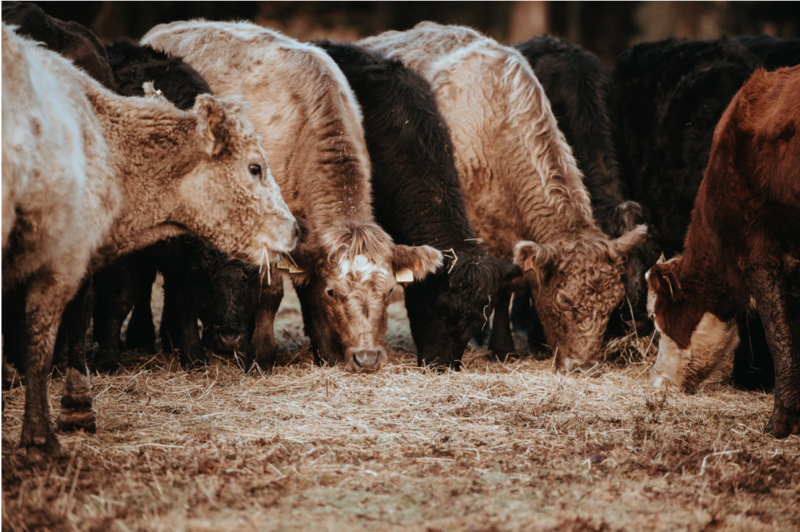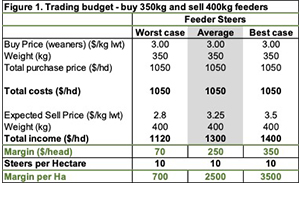Cattle slaughter ticked up last week, but prices continued to track sideways. The market seems to be in a holding pattern in the east, while the WA premium remains strong.
Just when we thought finished cattle supplies were heading for their spring lull, Victoria and NSW found more cattle, pushing slaughter back to a two month high last week.
Figure 1 shows east coast cattle slaughter at 153,000 head, driven by NSW, which had its second largest week of the year. Victoria also had a strong rally in yardings, but at 27,000 remains small on the national scale, and relative to earlier in the year.
Figure 1 shows cattle slaughter is still tracking above last year’s level, and it’s not too much of a stretch to say the herd remains in liquidation mode.
In contrast, young cattle supplies have been on the decline. Figure 2 shows Eastern Young Cattle Indicator (EYCI) dipped back to 12,533 head on Thursday, the lowest full week level for the year. Southern Queensland was the driver in the lower yardings, with the Roma Store and Dalby markets both falling 40%.
The slight rise in the EYCI (figure 3) was more driven by a shift in weightings than any real increase in price. Wagga was the biggest yard this week, with 13% of the EYCI, and it was priced at 539¢, while Roma, which fell from the top spot was at 470¢/kg cwt.
Over in the west cattle prices are similar to southern values. The Western Young Cattle Indicator (WYCI) rallied strongly to 551¢/kg cwt, and is close to over the hooks values. Historically this is a very good price as we approach peak supply season in the west.



